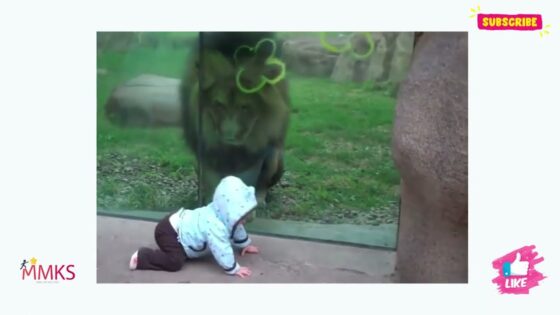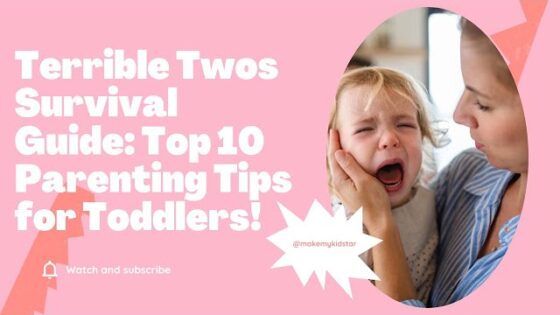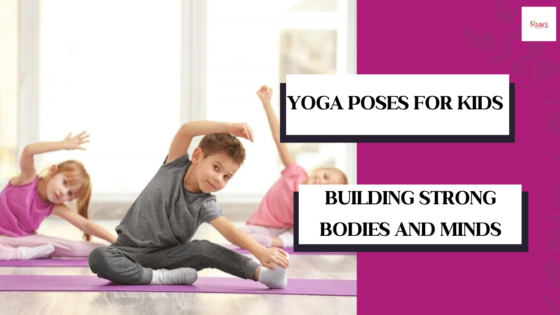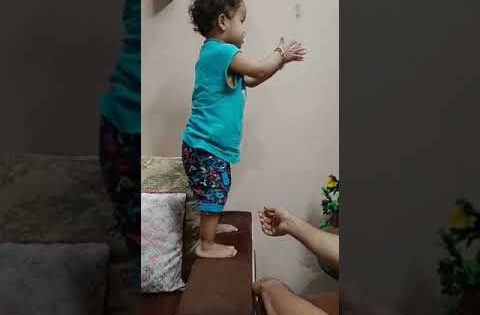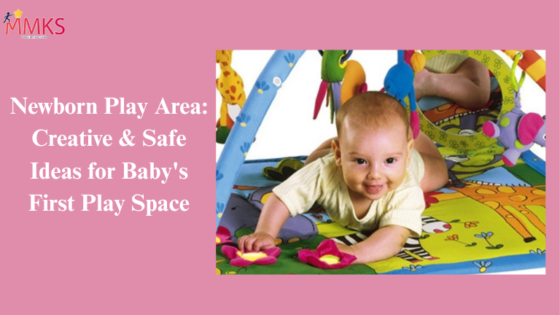Newborn Play Area Magic: Setting the Stage for Fun
When you’re knee-deep in diapers and sleepless nights, it’s easy to overlook one simple truth: playtime starts way earlier than you’d think. That’s right; babies don’t need to wait till they can crawl or babble to start exploring. Creating a thoughtful newborn play area from day one can kickstart sensory exploration and lay the groundwork for essential milestones.
But how do you even begin to design a space that’s functional, cozy and sparks curiosity without overwhelming your tiny new roommate?
Let’s dig in.
Why a Newborn Play Area is More Than Just a Cute Corner
You might be tempted to think a play area is something to worry about later, but the early days are jam-packed with growth opportunities. A designated play space does more than give your baby a spot to stretch out; it helps them begin processing the world around them. That comfy mat with bold patterns? It’s not just cute; it’s a training ground for those peepers.
Here’s what a well-thought-out space can offer:
- Safety and consistency: Babies thrive on routine. A dedicated area helps them recognize when it’s time to play, wiggle, or take in their surroundings.
- Visual stimulation: Contrasting colors and simple shapes help newborns sharpen their eyesight.
- Tummy time central: Core strength doesn’t build itself, and a play area with soft support is perfect for those first tiny push-ups.
Newborn Activities Week by Week? Here’s Your Guided Tour
Each week brings something new from sleepy stretches to sudden smiles. Here’s how to match your play space to your baby’s growing curiosity, week by week.
Weeks 1–2: Keep it Simple, Sweetheart
Your baby’s still adjusting to life outside the womb, so less is more right now.
- Soft lighting and muted sounds are your friends.
- Let them lay on their back and just take it all in.
- Gentle touches, like a soft blanket or a finger massage, work wonders.
Pro tip: A mirror nearby gives them a glimpse of that adorable little face, even if they have no idea it’s theirs yet.
Weeks 3–4: Time to Stretch and Wiggle
You’ll notice more movement, longer wake windows. And yay! Those fleeting early smiles.
- Introduce black and white flashcards.
- Try a baby safe mobile above their playmat.
- Begin short tummy time sessions (start with just 1–2 minutes and build up).
Heads up: This is when your newborn play area starts becoming a hotspot of discovery.
Building a Sensory-Rich Space Without Overwhelm
Let’s be real—baby gear adds up fast. But creating a development-friendly play zone doesn’t mean turning your living room into a toy store.
Essentials to Include:
A Non-Toxic Play Mat
Look for one that’s easy to clean, well-padded, and free from harmful chemicals.
A High-Contrast Play Gym
At this age, bold shapes beat flashy colors. Go for simple black-and-white designs or geometric patterns.
Mirror (Shatterproof, of course!)
Great for encouraging visual tracking and promoting self-awareness later on.
Soft Toys or Crinkly Fabric Squares
Lightweight and easy to grasp, even for those barely-there baby fingers.
Music or White Noise
Sound is just as important as sight. Soft classical music or heartbeat sounds mimic the comfort of the womb.
Newborn Activities for Development That Work
Not every activity needs a fancy gadget. Many of the best developmental boosts come from low tech play and human interaction.
Try These Baby-Brain Boosters:
- Talking through diaper changes – Narrate what you’re doing to build early language cues.
- Slow-motion dance parties – Hold your baby close and gently sway to the beat.
- Finger puppets – Simple, silly, and surprisingly engaging.
- Face time (not the app!) – Babies love studying faces. Just get close and make exaggerated expressions.
Remember: It’s not about doing everything. Just a few intentional moments throughout the day can go a long way.
FAQs: Because Let’s Face It—You’ve Got Questions
How long should newborns play each day?
In the first few weeks, even 5–10 minutes of awake playtime is enough. Gradually increase as they grow more alert.
Is tummy time really that important?
Absolutely. It strengthens neck, shoulder, and arm muscles key for later milestones like crawling and sitting.
Can a newborn get overstimulated?
For sure. Watch for signs like turning their head away, yawning, or fussiness. If that happens, dial things back.
Do I need a fancy play gym?
Nope. A blanket, a few safe objects, and your face are more than enough to keep a newborn entertained.
Wrapping It Up: Little Space, Big Impact
The newborn stage flies by in a blur of feeds, naps, and endless snuggles. But sneaking in a few minutes of play inside a cozy, well-planned newborn play area can make all the difference. You don’t need to go overboard. A few well-chosen items, a soft surface, and your undivided attention are the real MVPs.
So go ahead, set up that tiny corner, get down on the floor, and share a little giggle. Your baby might not remember these moments, but their growing brain sure will.











